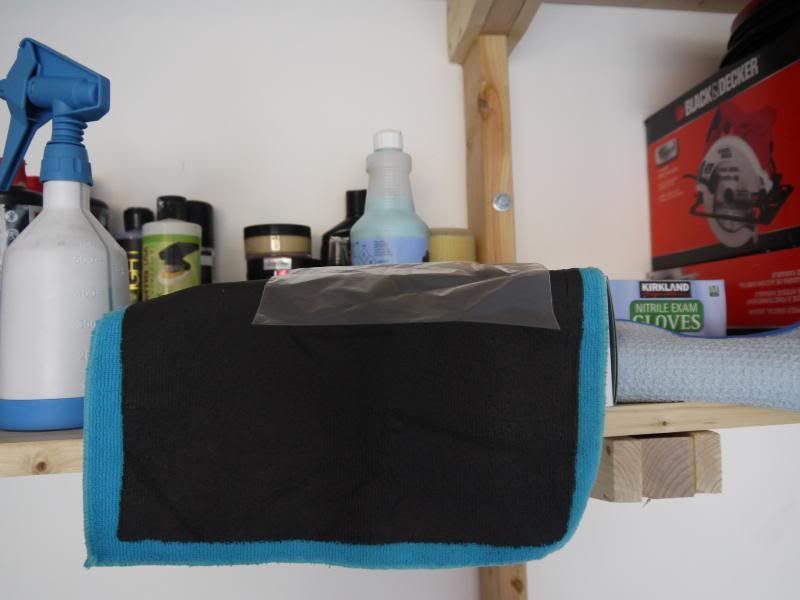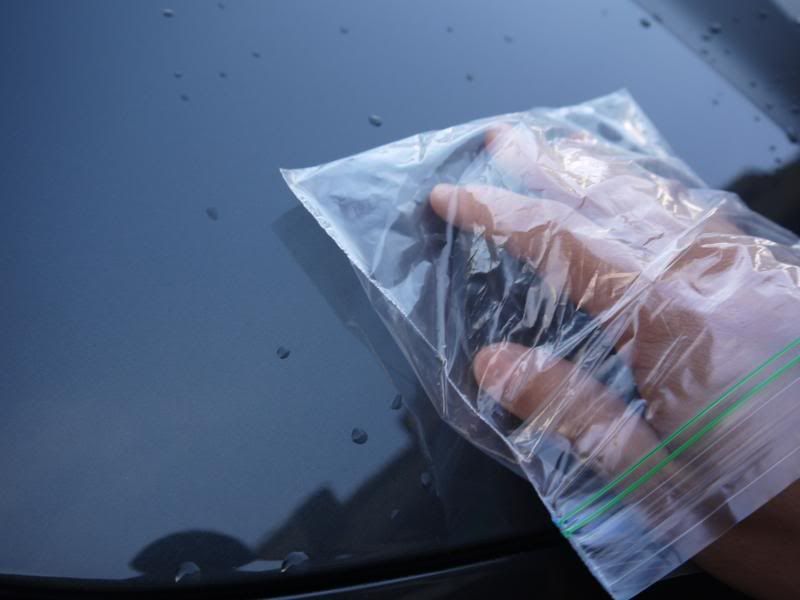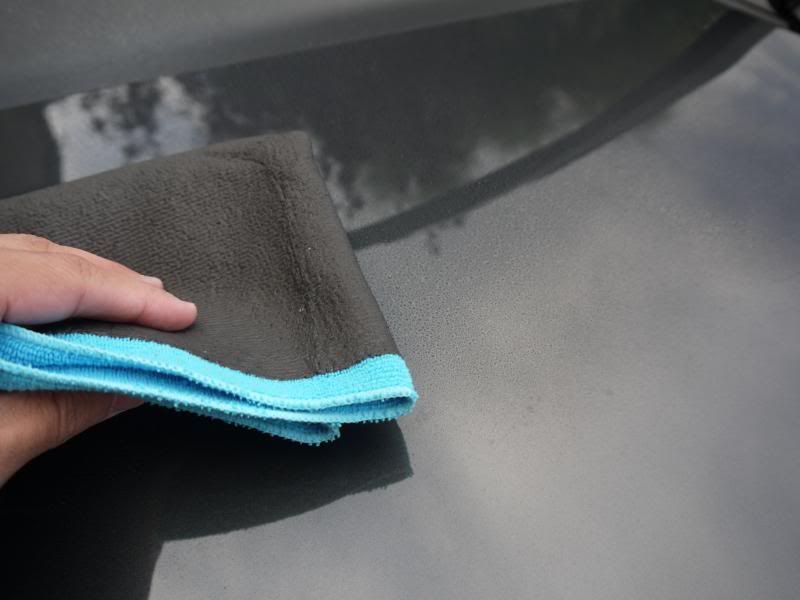I find that one of the most intimidating things new people coming to detailing are afraid of is claying. It appears dangerous, or misguidance that it could harm your paint, and just the fact that it's different. A majority of car owners will never clay their cars and do not know the benefits and importance of it.
So where do you begin when you decide you want to clay your vehicle? Well let's start out with the purpose of it. After washing your car and everything looks clean and glossy you must have gotten all of the dirt of right? Wrong. There are tons of dirty contaminants embedded in your paint, from the environment, the weather, rain, dust, dirt, salt, pick your choosing based on your environment and it's on there. What clay or clay alternatives do is pick up your these contaminants in your paint and leave your paint feeling smooth and clean.
Now that we have the purpose let's move on to the types of clay you can choose from and there are two major categories. Clay Bars and Clay Towels/Sponges (Same product just a different form). Clay bars are exactly that, bars of clay, when you use a clay bar personally I use only 1/3 of a bar and return the rest to the container it comes in, add a spritz of detail spray to ensure it stays moisturized. Another reason for splitting the bar is that if you drop it I cannot recommend it enough that you throw it away, it is not worth the risk trying to clean it and run the error of using it scratching up your paint due to embedded dirt and sand bits. It's horrible but everyone will make the mistake at one point, I know I have at least once.
Here is what a clay bar looks like prior to using it. Picture from Detailer's Domain , Phil over there is absolutely fantastic and will no doubt give you great advice that is completely tailored to what you need.

The next form is towel/sponges, personally I use the Nanoskin Fine Grade Towel but it does come in sponge form as well. Now why choose someone choose this over a traditional clay bar? Well the pros are fantastic, as I said above when you drop a clay bar it's effectively ruined, well with these alternatives a simple dunk in a bucket of water and wash solution and it releases the dirt and whatever else it gets picked up. Other pros include numerous uses, a clay towel will give you upwards of 50+ uses as compared to 6-10 out of a traditional clay bar, and the clay towel can be opened up (such as the towel measures at 12" x 12") this is great for wide open panels such as the roof, for many other sections I fold it in quarters. The cons with clay towels are the price, the Nanoskin of Speedy Prep Towel runs in the $50-60 range.
Here is a photo of my fine grade towel, note the blue edging which denotes Fine Grade as compared to red for Medium grade.
Finally we will discuss how to clay effectively and safely.
Now the reason I recommend fine grade over medium grade is that the vast majority of cars will not need medium grade clay, and on softer paints such as Subaru and some BMW paint colors can lead to marring, which are minor imperfections not as severe as swirls and can appear as hazing in the paint.
So how do you know if your car needs to be clayed. Well a simple and easy test is the plastic bag test, by simply running your hand over your paint inside of a plastic bag you can easily feel the contaminants in the paint. Below is a picture showing how I personally do it.
Moving on to the act of claying itself, when claying there a few important things that you need to have, first a clay or alternative, second a clay lube (personally I've used Ultima Waterless Wash+ and Optimum No Rinse and both work great, there is also Nanoskin Glide which I've heard good things about but have not used), and lastly a good towel to absorb the clay lube and dry the paint behind it. For towels I like a waffle-weave towel, it absorbs great and since the paint is already clean a longer nap towel isn't necessary to pull surface dirt away. On softer paints I will also follow it up with a medium weight 530gsm or so towel just to buff off any possible towel marks or smearing.
With clay bars it's important to spread the clay bar out into a rectangle that fits in the palm of your hand, avoid using your fingertips because the pressure will force holes in the clay and force you to knead it, or fold it onto itself, more than you have to. A 3" x 2" or so clay patty is about what I usually work with. For clay towels on most panels I will fold it into 1/4's. This lets it be much more manageable and do a thorough job. See below. You can also see the amount of clay lube I use, personally it is much better to use more than less, most clay lubes are incredibly cost effective so being sparse with it is not required. Liberally spray the panel before gliding over it, pressure used is very light, just enough to keep the media moving.
Lastly, when using this you will actually feel the grittiness of the paint as you glide over it. After 2-3 passes you will the clay or towel moving much more lightly and the paint overall will have a smooth feel to it.
Product Link:
Nanoskin Wash Mitt
Fine Grade Clay Bar
Clay Lube:
Optimum No Rinse
Ultima Waterless Wash
Thank you for reading, post any comments or questions below. Thanks!



No comments:
Post a Comment